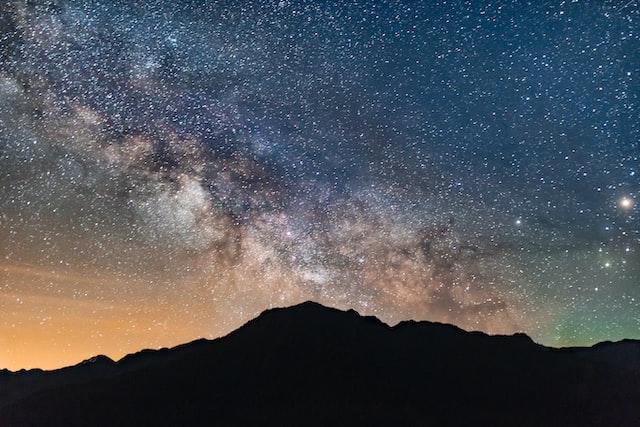Astrophotography Stacking Vs Long Exposure
Astrophotography is a challenging and rewarding hobby that allows photographers to capture the beauty and majesty of the night sky.
Whether you are an experienced photographer or just starting out, you may have encountered the terms “stacking” and “long exposure” when it comes to capturing images of celestial objects such as stars, galaxies, and nebulae.
But what do these terms mean, and how do they affect the final image?
In this article, we will explore the difference between stacking and long exposure in astrophotography, and discuss the benefits and drawbacks of each technique.
We will also provide tips and examples to help you decide which technique is best for your needs and goals.
Table of Contents

Astrophotography Stacking Vs Long Exposure
In astrophotography, stacking and long exposure are two techniques that can be used to capture images of celestial objects such as stars, galaxies, and nebulae.
Both techniques can be used to produce images with greater detail and lower noise, but they work in different ways and have different trade-offs.
Stacking involves taking multiple exposures of the same scene and combining them digitally to produce a single image.
This can be done using special software that aligns and merges the exposures to create a final image with increased contrast, detail, and dynamic range.
Stacking can be particularly useful for capturing faint objects or reducing noise in images, since it allows you to combine the light from multiple exposures to increase the signal-to-noise ratio.
Long exposure, on the other hand, involves taking a single exposure with a longer duration, typically several seconds or minutes. This allows the camera to gather more light, which can be used to capture more detail and reduce noise in the image.
However, long exposures can also result in star trails, which are streaks of light caused by the movement of celestial objects in the sky during the exposure.
Both stacking and long exposure have their own benefits and drawbacks, and which technique is best for a particular situation will depend on the specific goals of the photographer and the characteristics of the scene being photographed.
Which is Easier to Learn for Astrophotography: Stacking vs Long Exposure
Both stacking and long exposure techniques can be challenging to learn, and mastering either one will likely require some practice and experimentation.
Stacking involves taking multiple exposures of the same scene and combining them digitally using special software. This can be a somewhat technical process, and it may require some trial and error to get the settings and techniques right.
It can also be time-consuming to process the images, especially if you are working with a large number of exposures.
Long exposure, on the other hand, involves taking a single exposure with a longer duration, typically several seconds or minutes.
This can be more straightforward than stacking, but it requires careful planning and execution to avoid common pitfalls such as star trails or over- or under-exposure.
Ultimately, the difficulty of learning either technique will depend on the individual’s level of experience and familiarity with astrophotography and post-processing software.
Both techniques can be mastered with practice and a willingness to learn, but it may take some time and effort to become proficient.
Astrophotography Stacking Vs Long Exposure: Final Thoughts
Stacking and long exposure are two techniques that can be used to produce high-quality astrophotography.
Both techniques have their own benefits and drawbacks, and which one is best for a particular situation will depend on the specific goals and conditions of the shoot.
Stacking is useful for capturing far away and hard to see objects or reducing noise in images, while long exposure can be useful for capturing more light and producing images with lower noise.
Ultimately, the best technique for producing high-quality astrophotography will depend on the specific goals and conditions of the shoot, as well as the skills and equipment of the photographer.
It may be helpful to try using both techniques and see which one produces the best results in a given situation.
Additional Resources
Here are a few articles that are sure to be very helpful for anyone interested in astrophotography:
Best Nikon Camera for Astrophotography and Best Nikon Lenses for Astrophotography
Best Canon Lenses for Astrophotography
Check out our Gear page to read more articles just like this with up-to-date product reviews for gear across all photography genres.

